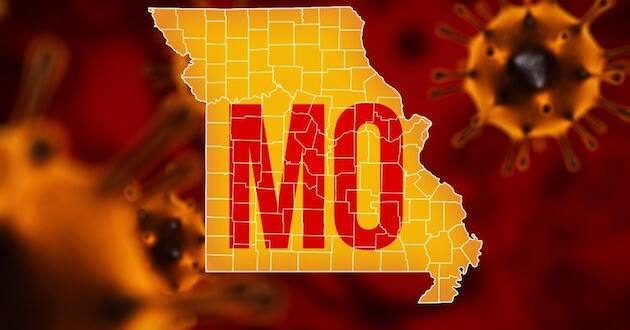Missouri issues coronavirus guidelines for opening schools

Regardless of what local schools decide to do about reopening this fall, coronavirus will be part of the discussion.
“That virus will be in the schools,” he said, according to KSHB-TV. “I don’t think there’s any reason for us not to think it’s going to be there… When school starts, somebody in there is going to have that virus, and it’s going to be here until we find a vaccine or we find another solution how to deal with it.”
The Missouri Department of Elementary and Secondary Education (DESE) and the Missouri Department of Health and Senior Services released the following guidance for schools.
Screening. DESE advised schools to ask parents or caregivers to screen their students for symptoms before coming to school. Students who exhibit COVID-19 symptoms should stay home, as should students with close contact to an adult who has COVID-19 symptoms. Although school leaders may choose to have additional screening measures, such as taking students’ temperatures, DESE said they should be sure the procedures don’t create a bottleneck at entrances, which would make physical distancing difficult.
Physical distancing. The department said physical distancing of six feet will help schools limit the number of students and staff who have to quarantine in the case they encounter someone with COVID-19. Other physical distancing efforts should include the following, DESE said:
- Limit mixing of cohorts as much as possible.
- Space students out as much as possible. When six feet is not possible, three feet minimum of space is acceptable.
- Desks should be positioned so students do not sit face-to-face.
- Place markers and cues throughout the building so students are reminded to remain six feet apart when not in a stationary location.
Face coverings. Although face coverings are proved to reduce the spread of COVID-19, DESE does not recommend continuous mask usage for younger students, citing heightened risks for “increased face touching, mask chewing, mask trading” and other actions that may spread the virus. However, because middle and high school students likely will be able to follow mask guidelines and their class structure doesn’t lend itself to cohorting, the department says face coverings “can provide an additional layer of protection.”
Although school undoubtedly will look different in the fall, state leaders seem to agree it is important for students to return. Parson said school fills key socioeconomic gaps for students too, especially for those living in poverty or with food insecurity. He also noted that with schools closed, there’s been a 60 percent decline in calls to child abuse hotlines.
–Dwight Widaman | Metro Voice







